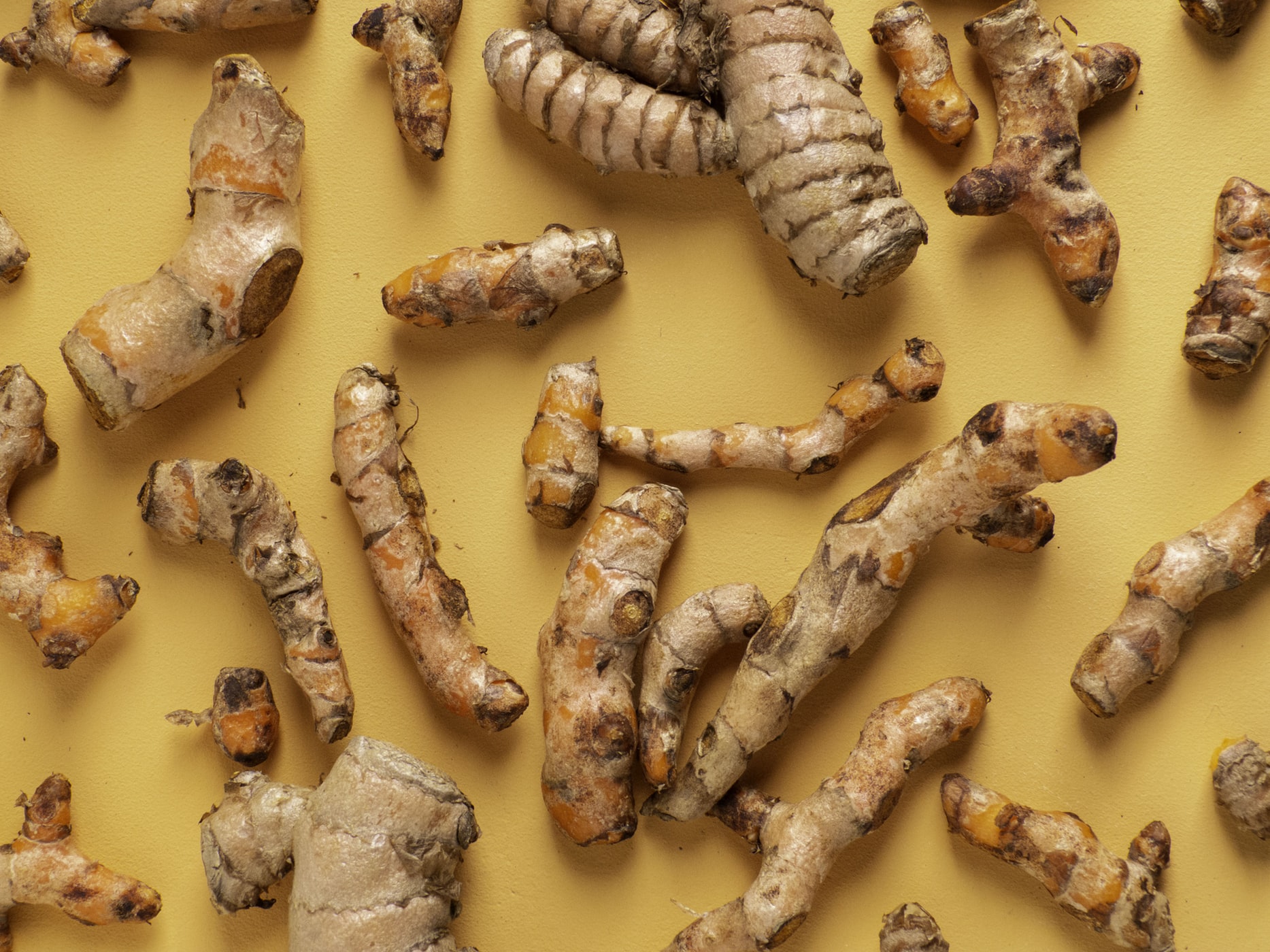At some point in their lives, most people will deal with some joint pain. This is especially true as we get older, and the wear and tear on our joints start to become more noticeable. As joint pain becomes more of a problem, many people turn to supplements for relief. Turmeric is one such supplement, becoming increasingly popular as a remedy for joint pain and inflammation.
What is turmeric?
Turmeric, also known as curcumin or Haldi, is a strongly colored orange spice with a distinctive flavor. It’s derived from the root of the turmeric plant (Curcuma longa), a relative of ginger. It should not be confused with Javanese turmeric root (Curcuma zedoaria), which is a different plant. In the West, the spice is usually encountered in its dried and powdered form, although you can sometimes find fresh turmeric in specialist stores.
Turmeric is widely used in Asian cuisine and is also a traditional remedy in Asian cultures. In Ayurvedic medicine, for example, turmeric is regarded as being useful for inflammatory conditions affecting the joints, as well as for digestive issues.
Is turmeric effective for joint pain?
It’s impossible to say whether or not turmeric will be an effective treatment for any individual’s specific joint pain issues. As far as research goes, there is some slight evidence that turmeric may be helpful in cases of joint pain. Some compounds found in turmeric have shown anti-inflammatory properties in the lab, particularly substances known as curcumins.
There is currently no good-quality evidence that conclusively demonstrates the use of turmeric as a treatment for any specific condition. Studies looking at the use of turmeric for joint pain have various issues, and there is a limited amount of data to draw on. Although there is some anecdotal and traditional support for its use in some conditions, actual scientific proof remains slight.
How should you take turmeric?
Because turmeric is a spice, it can be consumed in food. Turmeric is a common ingredient in curries and other spicy dishes. Its flavor is mild rather than hot, which means it can be added to any savory meal without making it overpoweringly spicy. A common way for people to take turmeric is as an ingredient in “golden milk”, a hot milk beverage made with turmeric and black pepper. In traditional remedies, turmeric is usually consumed alongside black pepper; this is widely believed to be necessary for the anti-inflammatory effect.
You can also purchase turmeric as a bulk powder, in capsule form, or compounded into tablets. It is generally recommended that you buy any such supplements from a reputable supplier. Some less scrupulous vendors have been known to sell other species as turmeric or to dilute the spice with cheaper ingredients.
Some people use turmeric externally, in the form of an ointment or plaster. The spice is usually blended with oil and applied to the affected body part.
Is turmeric safe?
When consumed as a spice in food, turmeric is not known to produce any ill effects. Taken as a supplement, it appears safe when used in reasonable quantities. Unusually high doses of turmeric are associated with stomach upsets, nausea, and dizziness in some people. One case involved an individual who took more than 1500 mg twice every day and developed an abnormal heart rhythm. It should be noted, however, that the dose here is far higher than would usually be advised, and it’s unclear whether the turmeric caused the heart disorder.
Most people can safely use turmeric ointments and topical preparations. Individuals with skin sensitivities should perform a patch test first. It should also be borne in mind that turmeric can turn the skin a bright orange color, which may be hard to remove.
Before you begin using turmeric in supplement form, you should speak to your doctor or another medical professional. Any herbal supplement may pose health risks under certain circumstances. Your doctor may also be able to offer additional help with the condition you’re hoping to treat.
Tap for recommended posts on the tags you don’t follow






